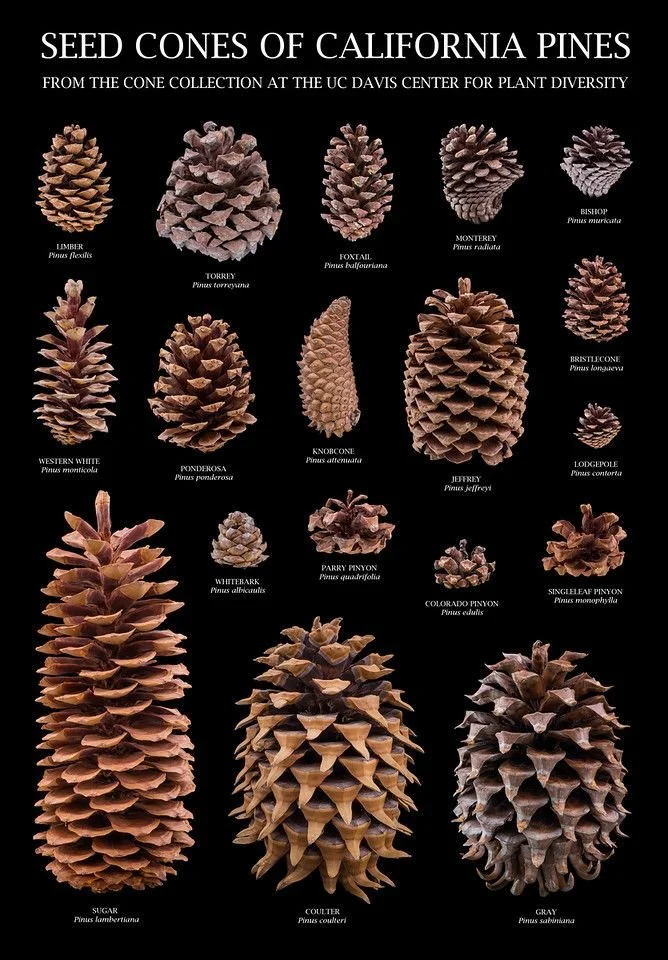Propagation
Reflections
While my bench of refined trees is small, my benches are filled in between with cuttings and seedlings.
While I should learn to “let them grow out” and refrain from constant pruning—when pruning I attempt to root my cuttings.
More successful to take a 12” whip and make 3”-4” semi-hardwood cuttings. Less successful, but low risk, to attempt thicker hardwood cuttings.
I prepare Anderson flats with high drainage coarse sand (and mixed with Perlite & peat)—and rooting hormone at hand.
I will tend to inspect roots or early wiring of movement—choosing to make teacup Mame, grow out to Shohin, or to use as approach, thread, or root grafts of the mother tree.
Growing from seeds can be much harder. From my many attempts at pines, I’m happy that a handful have started their journey—but many seeds unwise. I learn which grow well (cork bark elm) and happy to grow unique species.
Oaks from acorns are relatively easy, though I found a backyard nursery selling 2yr seedling for $3 ea.
from seed to field to mountaintop
These varying bonsai origins provide you varying results, offering a wide berth of design opportunities to reflect nature in miniature based on your patience, technique, and economic commitment. No one source is categorically better than the other. While there are biases, as with any artform, all avenues are necessary to explore because they all result in different bonsai characteristics that can enhance your composition.
Seedling
Cutting
Nusery Stock
Field Grown
Yamadori
